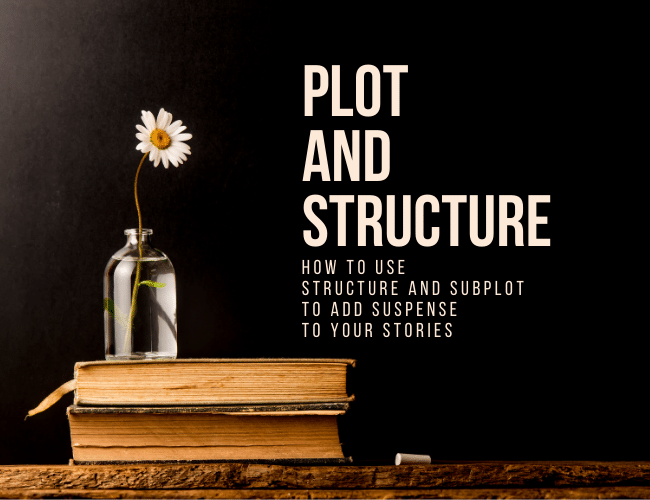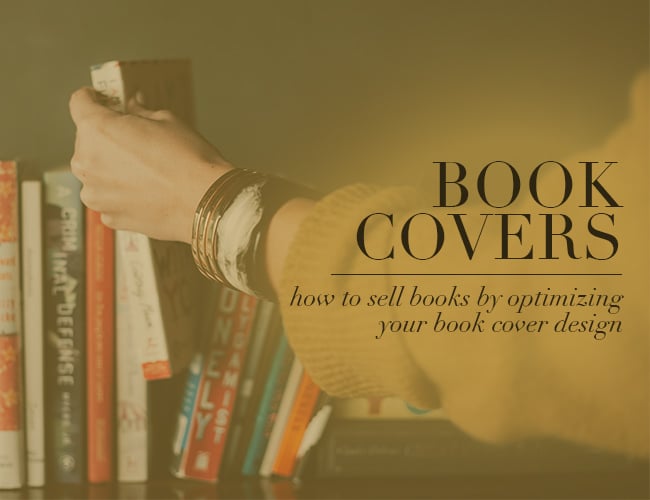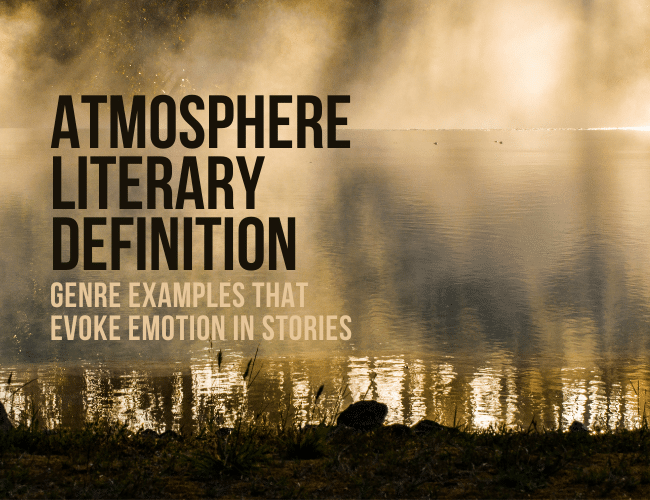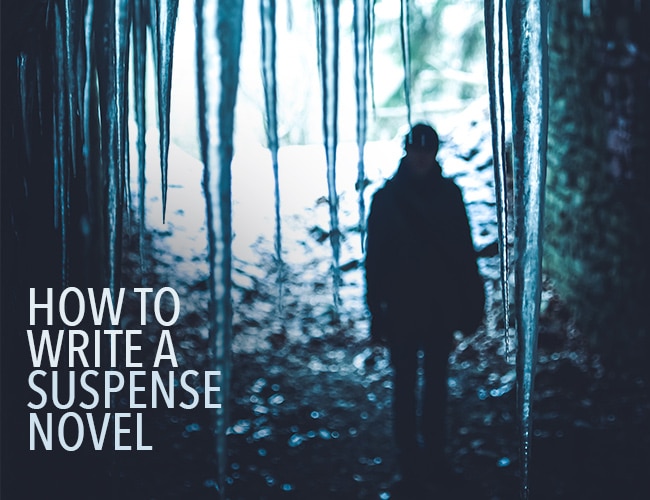
by Joslyn Chase |
You can’t write a great story if you don’t master plot and structure. But what is the best structure for a novel? How do you plot a novel?
Figuring out your plot and structure is essential for your story’s success. Even if you have an exciting idea for a story, great characters, and a memorable setting, you need to put your protagonist through events that have high and escalating stakes.
Without a sound plot and structure, you won’t thrill your readers. Today, we’ll look at story structure and learn how you can build an effective plan for a story packed with suspense, with all the right twists in all the right places.

by Joslyn Chase and Evelyn Puerto |
Hooray, you finished writing your book! But now, it’s time to figure out how to sell it. And perhaps the biggest thing you need to nail is your book cover. To help you do that, here are our top book cover design tips to grab your reader (and get your reader grabbing your book!).

by Joslyn Chase and Sarah Gribble |
Whether you’re self publishing or you have a traditional publisher, it’s up to you to sell your books. Email marketing is the number one way to sell books. But in order to use email marketing effectively, you first have to gather a list of email addresses, a group of readers who want to hear from you.
Struggling to build your list? Try this.

by Joslyn Chase |
Atmosphere matters. You might be someone who will pay a premium to eat at a restaurant with a certain ambience or buy a house in a setting that supports a particular feeling. But how do you use atmosphere in your book?
In like manner, your reader won’t remember every word you wrote, but if you infuse the story with atmosphere, they will remember the way it made them feel.
But how can you weave atmosphere into your story without making it feel forced? How can your story’s atmosphere evoke an emotional response and leave a lasting impression on your readers? How can you leverage this literary technique to enhance that feeling?
A strong sense of atmosphere figures into the works of William Shakespeare. Edgar Allan Poe mastered atmosphere in poems like The Raven and his haunting tales of suspense. J.K. Rowling managed it well in the Harry Potter series.
And you can learn it too.
There are many literary devices and elements of fiction a writer uses to impact the atmosphere of a literary work, including figurative language, word choice, similes, and personification. In this post, we’ll examine how point of view and genre considerations help to set the mood and establish atmosphere.

by Joslyn Chase |
So you want to know how to write a suspense novel. I could tease you with this, play out the line, dangle the carrot tantalizingly in front of you. But I won’t.
I’ll just tell you outright that suspense is my baby, my favorite of all the genres. If you’ve ever experienced those delicious moments as a reader, when your heart is slamming around in your chest, your palms are sweaty, and you can’t turn the pages fast enough, you’ll know what I mean by suspense.







